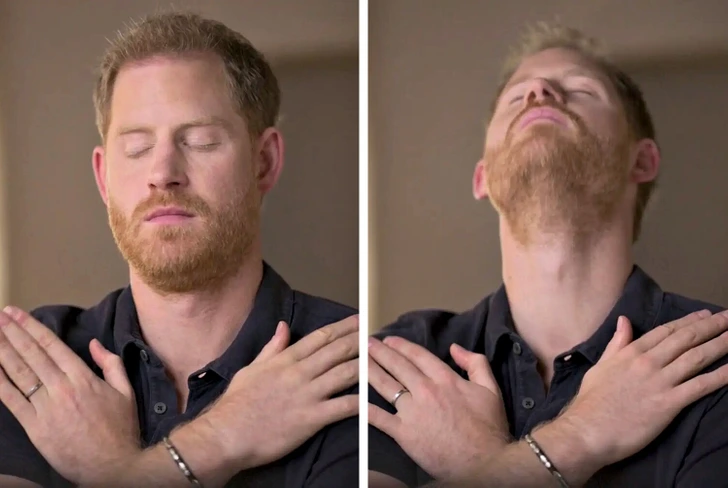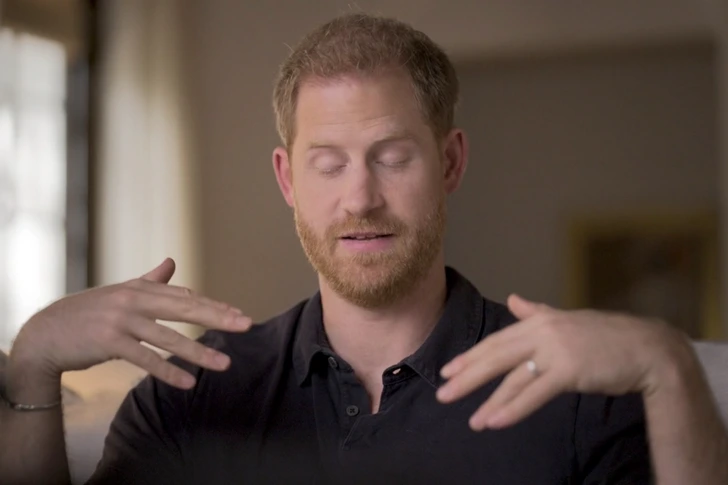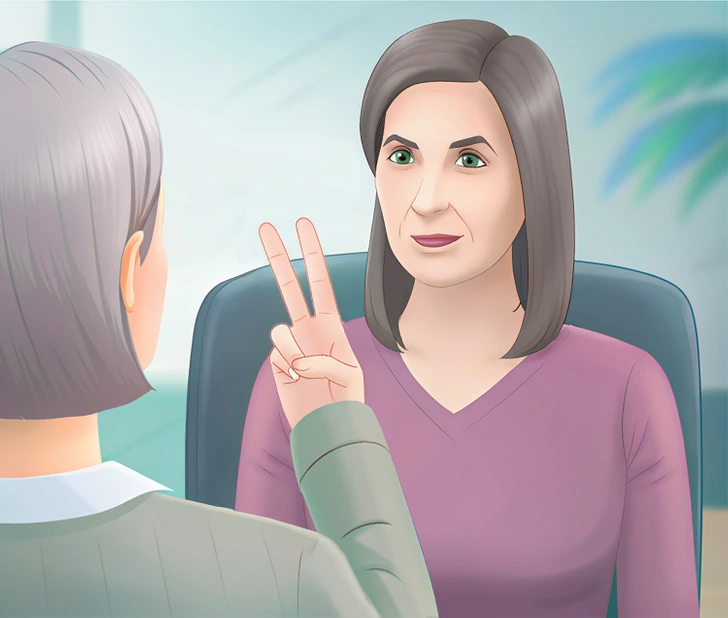Prince Harry shared about his experience with post-traumatic stress disorder after his mother, Princess Diana, passed away. He talked openly about trying a new therapy that made a difference for him.

© Good Morning America / YouTube
EMDR therapy helps with anxiety attacks. It shows how the royal deals with mental health issues and the importance of seeking new trauma treatments.
Prince Harry was filmed trying EMDR therapy, tapping his shoulders and moving his eyes quickly. This therapy is new and helps with PTSD. He said he tried EMDR to manage severe anxiety attacks.
Prince Harry expressed his willingness to explore EMDR therapy due to the progress he has made through therapy and personal growth.

© Good Morning America / YouTube
Prince Harry shared how EMDR therapy with UK psychotherapist Sanja Oakley helped him overcome fear and helplessness, making him feel better about going back home.
Prince Harry sharing his journey with EMDR therapy highlights the importance of exploring various treatments for PTSD and mental health issues. It demonstrates that seeking support and being open to different therapies can have a positive impact on managing mental health conditions.

EMDR was created in 1987 to assist with emotional traumas. It involves focusing on a difficult memory while moving your eyes from side to side. This can reduce the intense emotions associated with the memory.
EMDR is based on the idea of Adaptive Information Processing (AIP). This theory suggests that trauma lingers when it hasn't been processed correctly. Therefore, when triggered by reminders of the trauma, memories can resurface intensely.
Other therapies aim to reduce your response to trauma, but EMDR focuses on altering how your brain stores difficult memories. Instead of eye movements, you may listen to alternating tones. Typically, EMDR sessions occur once or twice a week for around six to twelve sessions, although this can vary for each individual.
Benefits of EMDR therapy
- EMDR is a structured therapy and usually needs fewer sessions than ongoing therapies.
- You don't have to keep going back to the tough memory for a long time.
- You don't have to talk a lot about what happened to you.
- There's no homework to do.
- EMDR doesn't try to change your thoughts and beliefs.
Disadvantages of EMDR therapy
- Although EMDR is effective for treating PTSD, its effectiveness for other mental health issues has not been extensively researched.
- If you're trying to avoid discussing a difficult event, EMDR may not be the most suitable option. Other forms of therapy that involve talking might be more effective.
- Starting EMDR treatment may initially worsen how you feel. The creator of EMDR cautions that this could be risky for individuals who have experienced severe trauma.
The process of EMDR
EMDR is a structured process with eight phases, each aimed at helping you deal with traumatic memories:
- History taking: Discuss your past with the therapist to identify which memories to focus on.
- Preparation: Learn about EMDR and how the therapist will use bilateral stimulation.
- Assessment: Identify your negative and positive beliefs related to the trauma.
- Desensitization: Use bilateral stimulation while recalling the memory.
- Installation: Focus on positive beliefs while processing the memory.
- Body scan: Talk about how you feel emotionally and physically.
- Closure: Prepare for what may happen between sessions.
- Reevaluation: Assess your progress and decide if more sessions are needed.
While undergoing EMDR therapy, you might begin to feel less burdened by the trauma. It's common for other distressing memories to come up, showing that repressed memories are being dealt with.
When dealing with intense emotional wounds, it's important to find experts who can offer the right kind of help that suits you. Whether it's EMDR therapy or other treatments, choosing the correct specialist can greatly impact your path to recovery.
Preview photo credit Good Morning America / YouTube












